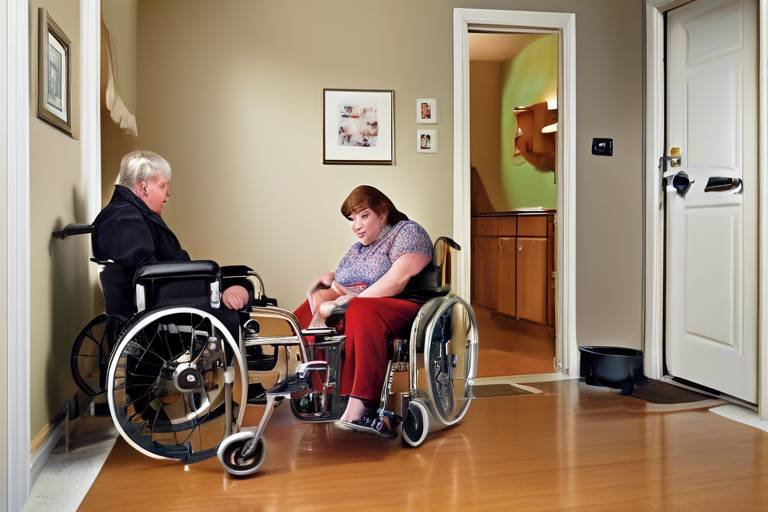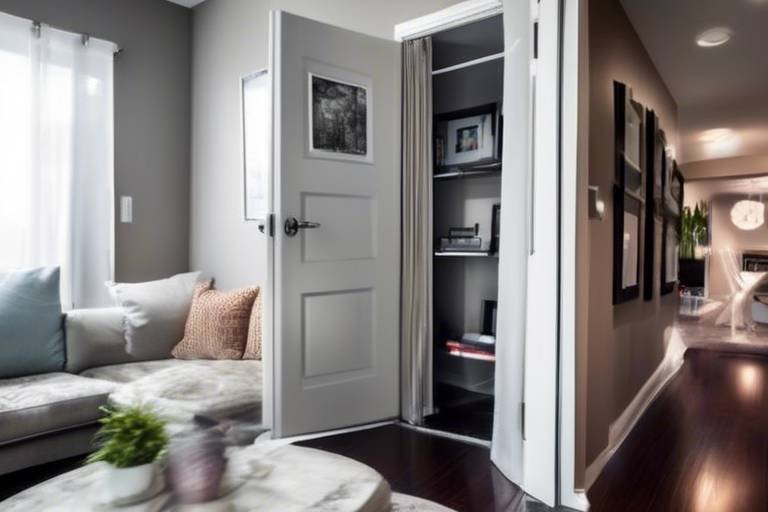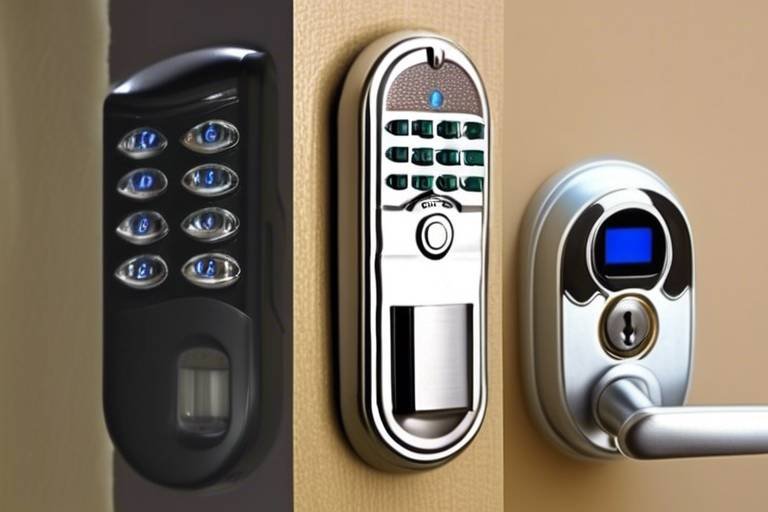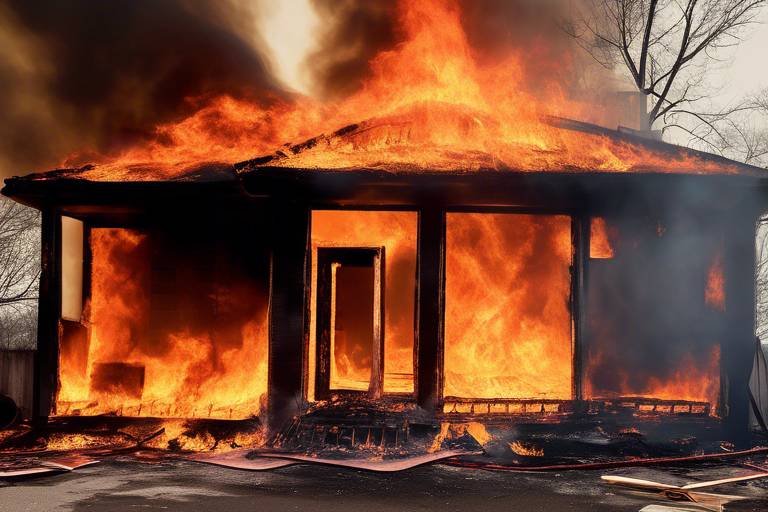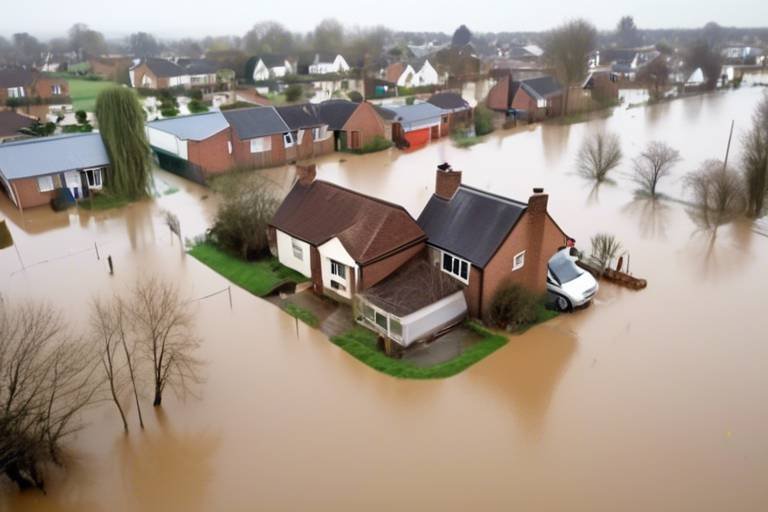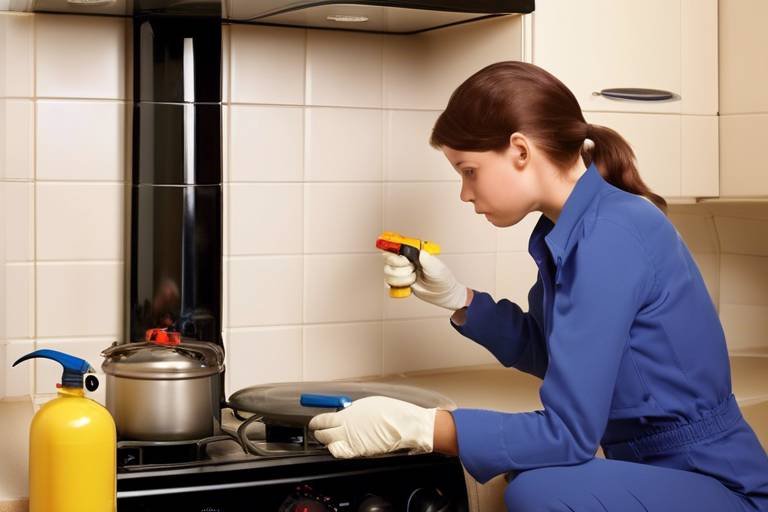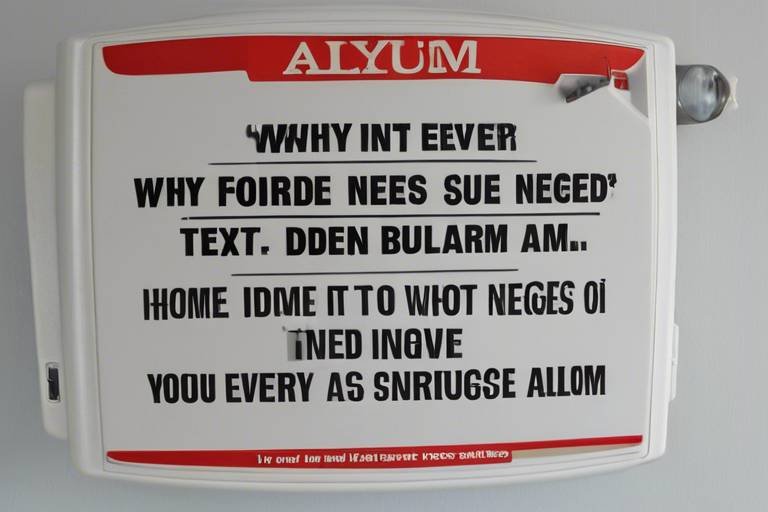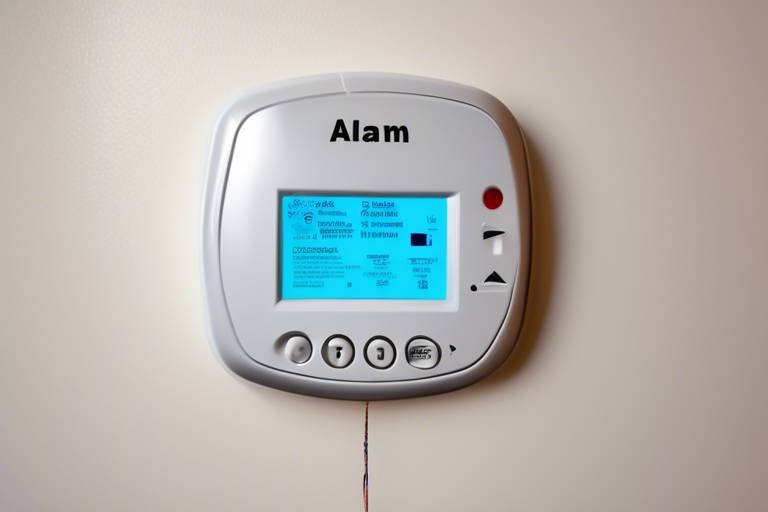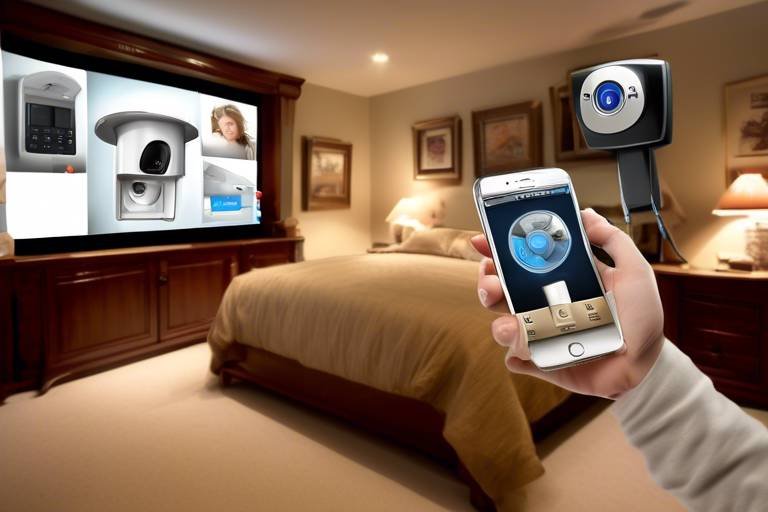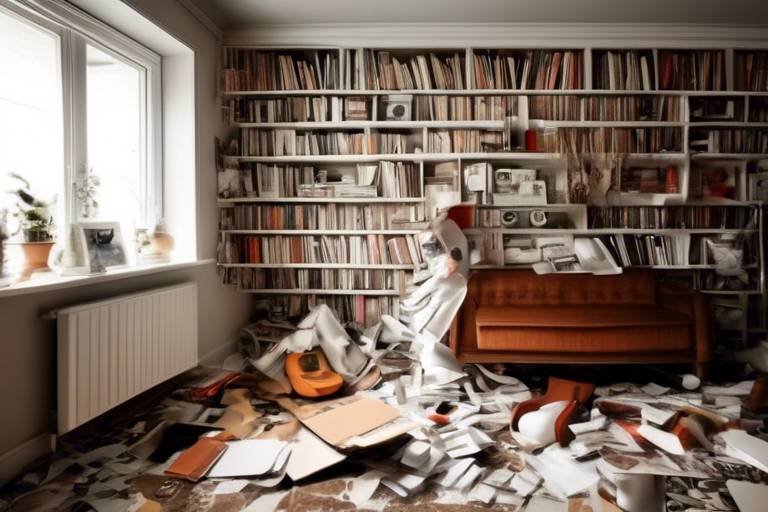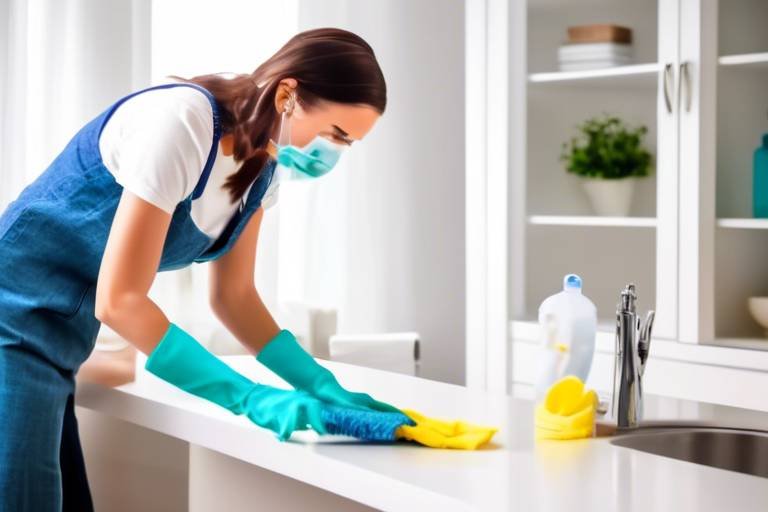Safety Features to Consider When Buying a Home
Buying a home is one of the most significant investments you'll ever make, and it comes with a mix of excitement and anxiety. You want a place that feels safe and secure for you and your family. But what does "safety" really mean when it comes to a house? It's not just about the absence of crime in the neighborhood; it encompasses a whole range of features that can protect your loved ones and your investment. From structural integrity to fire safety measures, understanding the essential safety features can make all the difference in your home-buying journey. So, let’s dive into what you should look for!
When it comes to structural safety, you can think of your home as a fortress. A solid foundation is the bedrock of your safety. Imagine living in a house where the walls are cracking and the floors are uneven. That’s a recipe for disaster! You’ll want to inspect the foundation for any signs of wear or damage, as this could lead to serious issues down the road. Additionally, pay attention to the roof; it’s your first line of defense against the elements. A well-maintained roof not only protects you from rain and snow but also contributes to your home’s overall energy efficiency. Don’t forget to check the quality of construction materials used in the home. Are they durable? Are they up to code? These questions are crucial to ensuring that your investment is sound.
Fire safety is not something to take lightly. It’s like having an insurance policy for your peace of mind. You want to make sure that your home is equipped with essential fire safety features. For starters, every home should have smoke detectors installed in key areas, such as the kitchen, bedrooms, and hallways. But it doesn’t stop there; you also need to have fire extinguishers readily accessible in case of an emergency. Think of them as your first line of defense against small fires that could escalate quickly. Additionally, having clear escape routes is vital. You never know when you might need to make a quick exit, so ensure that all family members know the best ways to get out safely.
Smoke detectors are a fundamental safety feature that can save lives. They work silently in the background, alerting you to danger before it’s too late. But not all smoke detectors are created equal. There are two main types: ionization and photoelectric. Ionization detectors are great for detecting flaming fires, while photoelectric detectors are better for smoldering fires. It’s a good idea to have a combination of both types for maximum protection. Placement is key; make sure to install them on every level of your home and near sleeping areas. Regular maintenance is also crucial. Test them monthly, replace batteries at least once a year, and clean them to avoid dust buildup that could interfere with their functionality.
Here’s a quick comparison of the two types of smoke detectors:
| Type | Best For | Pros | Cons |
|---|---|---|---|
| Ionization | Flaming fires | Fast response time | May not detect smoldering fires well |
| Photoelectric | Smoldering fires | Less false alarms | Slower response to flaming fires |
To keep your smoke detectors in top shape, follow these maintenance tips:
- Test your smoke detectors monthly to ensure they are functioning.
- Replace batteries at least once a year, or consider models with long-life batteries.
- Clean the detectors every few months to remove dust and debris.
Having accessible fire extinguishers is another vital safety measure. Think of them as your home’s firefighters, ready to jump into action when needed. There are different types of extinguishers, each designed for specific kinds of fires. For instance, a Class A extinguisher is great for ordinary combustibles, while a Class B extinguisher is essential for flammable liquids. Make sure to place extinguishers in easily accessible locations, such as the kitchen and garage. It’s also crucial to know how to use them effectively. Familiarize yourself with the PASS technique—Pull, Aim, Squeeze, and Sweep—to ensure you can act quickly in case of a fire.
Home security features are your home’s bodyguards. They play a vital role in protecting your family and belongings. Start by looking for a robust alarm system. A good alarm system can deter intruders and alert you to potential threats. There are both monitored and unmonitored options available, so consider what fits your lifestyle best. Surveillance cameras are another excellent addition. They not only help you keep an eye on your property but can also provide valuable evidence in case of a break-in. Think about the placement of these cameras; you want to cover entry points and areas that are less visible.
When choosing an alarm system, consider the features that matter most to you. Do you want a system that integrates with your smartphone? Or perhaps one that offers 24/7 monitoring? With various options available, you can tailor the system to meet your specific needs. A well-placed alarm system doesn’t just protect your home; it gives you peace of mind, knowing that your family is safe.
Installing surveillance cameras can significantly improve home security. With advancements in technology, you can now find cameras that offer high-definition video, night vision, and even motion detection. Integrating these cameras with smart home systems allows you to monitor your property from anywhere, giving you an extra layer of security. Don’t forget to consider privacy concerns and ensure that your cameras are placed in a way that respects your neighbors' rights.
Q: What are the most critical safety features I should look for in a home?
A: Look for structural integrity, fire safety measures like smoke detectors and extinguishers, and robust security features such as alarm systems and surveillance cameras.
Q: How often should I test my smoke detectors?
A: You should test your smoke detectors monthly to ensure they are functioning properly.
Q: What type of fire extinguisher should I have in my home?
A: It’s advisable to have a Class A extinguisher for ordinary combustibles and a Class B extinguisher for flammable liquids.
Q: Are monitored alarm systems worth the investment?
A: Yes, monitored alarm systems can provide peace of mind, as they alert authorities in case of an emergency, even when you’re not home.
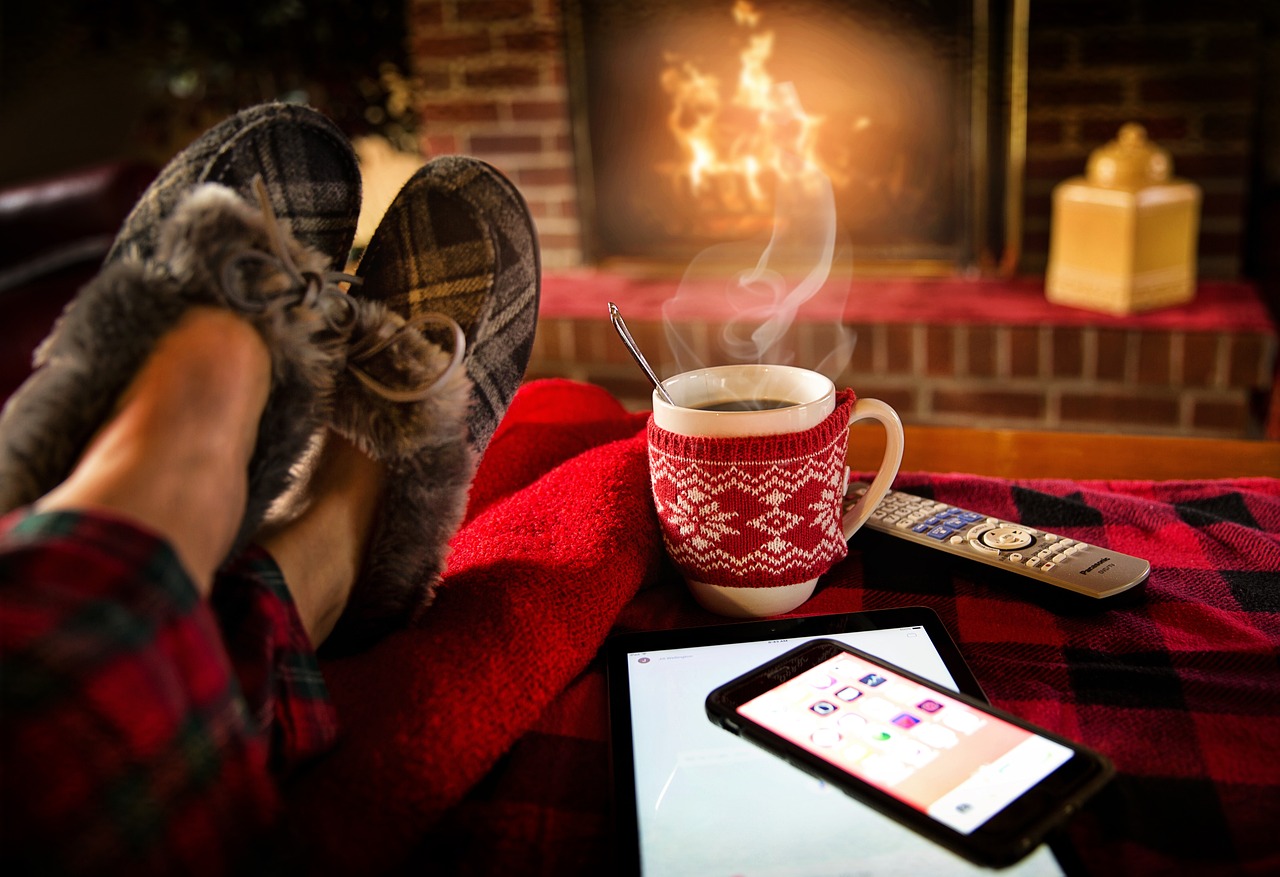
Structural Safety
This article explores essential safety features to look for when purchasing a home, ensuring peace of mind for you and your family. From structural integrity to neighborhood security, we cover it all.
When it comes to buying a home, understanding is crucial. You wouldn't buy a car without checking the engine, right? Similarly, you should evaluate the foundation stability, roof condition, and overall construction quality of a property before making a commitment. A house may look charming on the outside, but hidden issues can turn your dream home into a nightmare. Imagine moving in only to discover cracks in the walls or a leaky roof—yikes! To avoid such surprises, here are some key elements to consider:
- Foundation Stability: The foundation is the backbone of your home. Look for signs of settling, such as cracks in the walls or uneven floors. A solid foundation ensures that your home will stand the test of time.
- Roof Condition: The roof is your first line of defense against the elements. Inspect it for missing shingles, sagging areas, or water damage. A well-maintained roof can save you from costly repairs down the road.
- Overall Construction Quality: Pay attention to the materials used in the construction. High-quality materials may cost more upfront, but they can prevent issues like mold and rot, ensuring your home remains safe and sound.
Additionally, it's wise to have a professional home inspector evaluate the property. They can identify potential issues that may not be visible to the untrained eye. Think of them as your home’s doctor, diagnosing any underlying problems before they escalate. Remember, investing in a home is not just about the aesthetics; it's about ensuring that your family is safe and secure.
In summary, when evaluating structural safety, keep an eye on the foundation, roof, and overall construction quality. A thorough inspection can help you avoid future headaches and ensure your investment is solid. After all, a safe home is a happy home!
Fire safety is crucial in any home. Here, we outline essential features such as smoke detectors, fire extinguishers, and escape routes that can protect your family in case of an emergency.
Smoke detectors are a fundamental safety feature. This subsection covers the types of detectors available, their placement, and maintenance tips to ensure they function effectively when needed.
There are various types of smoke detectors, including ionization and photoelectric models. Understanding their differences can help you choose the best option for your home’s safety.
Regular maintenance of smoke detectors is essential for reliability. This section provides practical tips on testing, battery replacement, and cleaning to keep your detectors in optimal condition.
Having accessible fire extinguishers is an important safety measure. This section discusses the types of extinguishers, their proper placement, and how to use them effectively in case of a fire.
Home security features play a vital role in protecting your family and belongings. This section highlights essential aspects like alarm systems, surveillance cameras, and secure entry points to enhance safety.
A robust alarm system can deter intruders and alert you to potential threats. Here, we explore different types of alarm systems, including monitored and unmonitored options, to find the right fit for your home.
Installing surveillance cameras can significantly improve home security. This subsection discusses the benefits of various camera types, placement strategies, and integration with smart home systems for maximum safety.
Q: What should I look for during a home inspection?
A: Focus on the foundation, roof, plumbing, electrical systems, and any signs of mold or pests. A thorough inspection can reveal hidden issues.
Q: How often should I check my smoke detectors?
A: It's recommended to test your smoke detectors monthly and replace batteries at least once a year. Also, replace the entire unit every 10 years.
Q: What type of fire extinguisher should I have in my home?
A: An ABC extinguisher is suitable for most home fires, as it can tackle wood, paper, and electrical fires.
Q: Are home security systems worth the investment?
A: Yes, they can significantly deter crime and provide peace of mind, especially if you live in a high-crime area.

Fire Safety Measures
When it comes to ensuring the safety of your home, fire safety measures are absolutely essential. Imagine waking up in the middle of the night to the smell of smoke—it's a scenario no one wants to face. That's why being proactive about fire safety can make all the difference. From installing smoke detectors to having a fire extinguisher at the ready, these measures are not just nice-to-haves; they are necessities that can save lives. In this section, we will delve into the key components of fire safety in your home, ensuring that you and your loved ones are well-protected.
One of the most crucial elements of fire safety is the smoke detector. These small devices are often the first line of defense against a fire. But did you know that not all smoke detectors are created equal? There are two primary types: ionization detectors and photoelectric detectors. Ionization detectors are great for detecting fast-flaming fires, while photoelectric detectors excel at sensing smoldering fires. It's wise to have a combination of both in your home to cover all bases. Make sure to install them in key areas, such as bedrooms and hallways, and remember to test them monthly!
Now, let’s take a closer look at smoke detectors. To ensure they work effectively, regular maintenance is key. This includes:
- Testing the alarm monthly by pressing the test button.
- Replacing the batteries at least once a year.
- Cleaning the detectors every six months to remove dust and debris.
By following these simple maintenance tips, you can ensure that your smoke detectors will function properly when you need them most.
Another critical component of fire safety is having accessible fire extinguishers. Think of them as your first line of defense in case of a small fire that can be managed before it escalates. It's important to choose the right type of extinguisher based on the potential fire hazards in your home. For example, a Class A extinguisher is suitable for common combustibles like wood and paper, while a Class B extinguisher is designed for flammable liquids. Make sure to place extinguishers in easily accessible locations, such as the kitchen and garage, and ensure that everyone in your household knows how to use them. Familiarizing yourself with the PASS technique—Pull, Aim, Squeeze, and Sweep—can empower you to act quickly if a fire arises.
In addition to smoke detectors and fire extinguishers, it’s essential to have clear and accessible escape routes in your home. In the event of a fire, every second counts. Make sure that all family members are aware of the quickest exits and that these exits are free from obstructions. Consider conducting fire drills with your family so that everyone knows what to do in case of an emergency. It's a simple step that can make a world of difference.
In summary, fire safety measures are a crucial aspect of protecting your home and loved ones. By investing in smoke detectors, fire extinguishers, and well-planned escape routes, you can significantly reduce the risk of fire-related incidents. Remember, it's not just about having these safety features in place; it's about maintaining them and ensuring that everyone in your home understands their importance.
Q: How often should I test my smoke detectors?
A: It's recommended to test your smoke detectors every month to ensure they are functioning correctly.
Q: How many fire extinguishers do I need in my home?
A: At least one fire extinguisher should be placed on each floor of your home, particularly in high-risk areas like the kitchen and garage.
Q: What should I do if my smoke detector goes off?
A: If your smoke detector goes off, evacuate the premises immediately and call emergency services. Do not attempt to investigate the source of the smoke or fire.
Q: Can I use a fire extinguisher on any type of fire?
A: No, different types of fire extinguishers are designed for different classes of fires. Make sure you know which extinguisher to use for specific fire types.

Smoke Detectors
When it comes to ensuring the safety of your home, are non-negotiable. These little devices can be the difference between life and death, alerting you and your family to potential dangers before they escalate. Imagine waking up in the middle of the night to the sound of an alarm—thanks to a smoke detector, you have precious moments to escape. But not all smoke detectors are created equal! Understanding the different types available, where to place them, and how to maintain them is essential for maximizing their effectiveness.
First, let’s talk about the types of smoke detectors you might encounter. The two most common types are ionization smoke detectors and photoelectric smoke detectors. Ionization detectors are typically more responsive to flaming fires, while photoelectric detectors are better at sensing smoldering fires. It's a good idea to have a combination of both types in your home. This way, you can cover all bases and ensure that no matter what type of fire occurs, you’ll be alerted. Here’s a quick breakdown:
| Type | Best For | Response Time |
|---|---|---|
| Ionization | Flaming fires | Fast |
| Photoelectric | Smoldering fires | Moderate |
Now that you know the types, let’s dive into the placement of these vital devices. The general rule of thumb is to install smoke detectors on every level of your home, including the basement and outside sleeping areas. If you have bedrooms on the second floor, make sure to place a detector in the hallway leading to those rooms. The kitchen is another critical area, but be cautious about placing a smoke detector too close to cooking appliances to avoid false alarms. A good strategy is to install it at least 10 feet away from cooking areas.
But wait, just having smoke detectors isn’t enough! You must also commit to their maintenance. Regular upkeep ensures that your smoke detectors work when you need them most. Here are some practical tips:
- Test your smoke detectors once a month. Most detectors have a test button that you can press to ensure they’re functioning.
- Change the batteries at least once a year. A good reminder is to do this when you change your clocks for Daylight Saving Time.
- Clean your smoke detectors every six months. Dust and cobwebs can interfere with their operation. A simple vacuum or a damp cloth can do the trick.
- Replace smoke detectors every 10 years. Older models may not perform as well, so it’s essential to keep your home equipped with the latest technology.
By following these guidelines, you can ensure that your smoke detectors are not just present but are actively safeguarding your home. Remember, these devices are your first line of defense against fire hazards, and being proactive about their placement and maintenance can make all the difference in an emergency.
Q: How many smoke detectors do I need in my home?
A: Ideally, you should have at least one smoke detector on every level of your home, including the basement and outside each sleeping area.
Q: Can I use just one type of smoke detector?
A: While you can use just one type, it’s recommended to have a combination of ionization and photoelectric detectors for comprehensive coverage.
Q: How do I know if my smoke detector is working?
A: You can test your smoke detector by pressing the test button. If it beeps, it’s working! Additionally, make sure to check the batteries regularly.
Q: What should I do if my smoke detector goes off?
A: If your smoke detector goes off, treat it as a real alarm. Evacuate your home immediately and call emergency services.
Q: When should I replace my smoke detectors?
A: Smoke detectors should be replaced every 10 years, or sooner if they do not respond properly during testing.

Types of Smoke Detectors
When it comes to ensuring the safety of your home, understanding the available is crucial. These devices can be lifesavers, detecting smoke and alerting you before a fire spreads. There are primarily two types of smoke detectors: ionization smoke detectors and photoelectric smoke detectors. Each type has its own mechanism of operation and is designed to detect different kinds of fires.
Ionization smoke detectors are particularly effective at detecting fast-flaming fires, which can occur in places where flammable materials like paper or wood are present. They contain a small amount of radioactive material that ionizes the air in the sensing chamber. When smoke enters this chamber, it disrupts the ionization process, triggering the alarm. These detectors are generally less expensive and respond quickly to flames, making them a popular choice for many homeowners.
On the other hand, photoelectric smoke detectors excel at detecting smoldering fires, which produce a lot of smoke before they burst into flames. These detectors use a light beam and a sensor; when smoke enters the chamber, it scatters the light beam, which sets off the alarm. This type is often recommended for bedrooms and living areas, where fires could smolder for a while before becoming a larger threat.
Another option worth mentioning is the dual-sensor smoke detector, which combines both ionization and photoelectric technologies. This means it can detect a wider range of fires, providing comprehensive protection for your home. While they may be slightly more expensive, the peace of mind they offer is invaluable.
When choosing the right smoke detector for your home, consider the following factors:
- Location: Where will you install the detector? Different areas may benefit from different types.
- Budget: Determine how much you are willing to spend. Ionization detectors are typically cheaper.
- Maintenance: Some detectors require more upkeep than others. Make sure you can commit to regular checks.
In conclusion, understanding the types of smoke detectors can empower you to make an informed choice for your home. By selecting the right detector, you not only enhance your safety but also contribute to the overall well-being of your family.
1. How often should I replace my smoke detectors?
Most smoke detectors should be replaced every 10 years. However, it's essential to check the manufacturer's instructions for specific guidelines.
2. Can I use both ionization and photoelectric smoke detectors?
Absolutely! Using both types can provide comprehensive protection against different kinds of fires.
3. How do I maintain my smoke detectors?
Regularly test your smoke detectors once a month, replace the batteries at least once a year, and clean them to prevent dust buildup.
4. Where should I install smoke detectors?
Install smoke detectors on every level of your home, inside bedrooms, and outside sleeping areas for maximum safety.
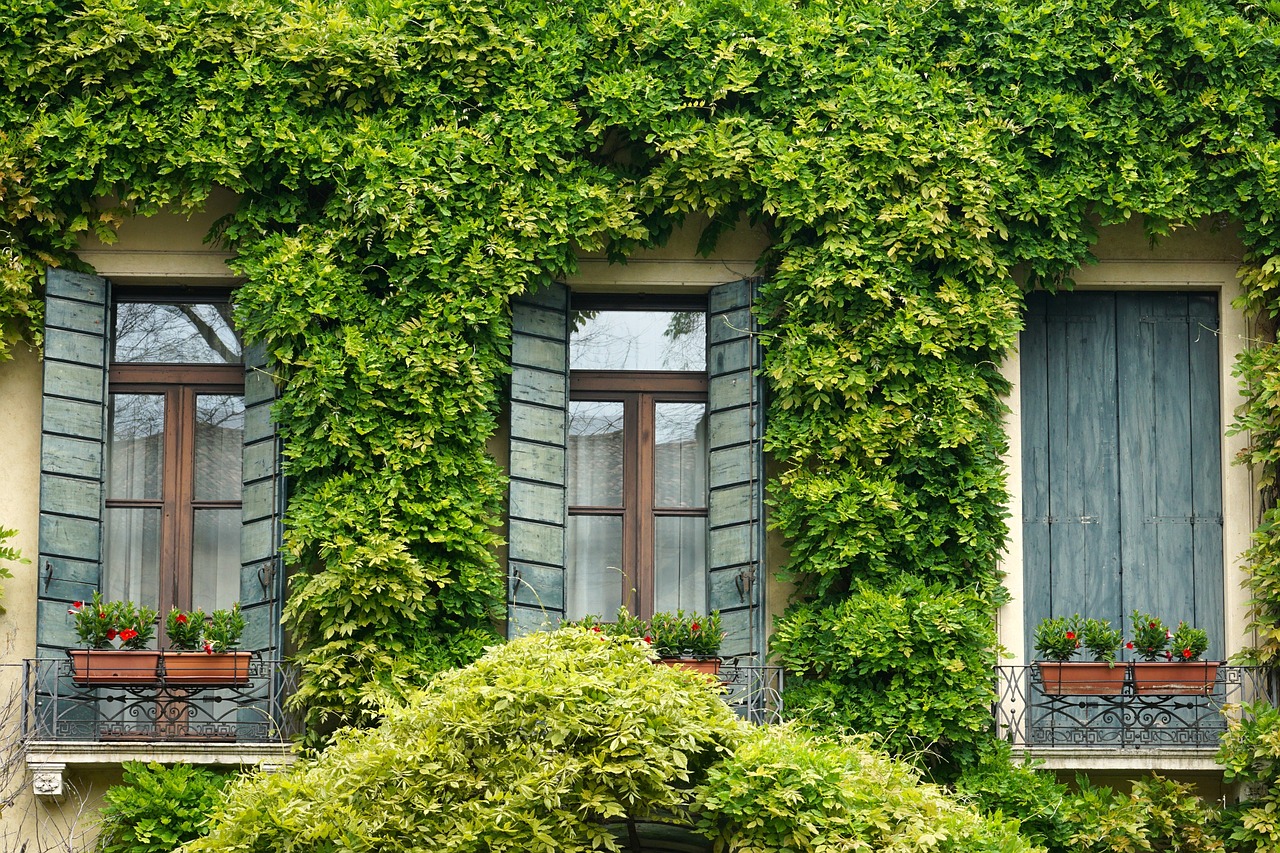
Maintenance Tips
When it comes to ensuring your smoke detectors are always ready to protect you and your loved ones, regular maintenance is key. Think of your smoke detectors as the vigilant guardians of your home, always on the lookout for danger. To keep these guardians in top shape, here are some essential maintenance tips that you should incorporate into your routine.
First and foremost, testing your smoke detectors should be a priority. It’s recommended to test them at least once a month. Simply press the test button on the device; if you hear a loud beep, you’re in good shape! If it doesn’t sound, it’s time to replace the batteries or the unit itself. Additionally, it’s wise to replace batteries at least once a year, or even better, whenever you change your clocks for daylight saving time. This simple act can make all the difference in an emergency.
Another important aspect to consider is cleaning your smoke detectors. Dust and debris can accumulate over time, which may hinder their performance. Use a vacuum cleaner or a soft cloth to gently clean the outside of the detector. For a deeper clean, you can remove the detector from its mounting bracket and clean the inside with a soft brush attachment. Just be sure to follow the manufacturer’s guidelines to avoid damaging the unit.
It’s also essential to replace smoke detectors every 10 years. Technology advances, and older models may not perform as well as newer ones. Check the manufacturing date on your smoke detectors, and if they’re nearing the end of their lifespan, consider investing in new ones. This is not just a suggestion; it’s a vital step in ensuring your family’s safety.
Lastly, remember to keep a record of your maintenance activities. Create a simple chart or table that outlines when you last tested the detectors, replaced the batteries, and cleaned them. This not only helps you stay organized but also ensures that you’re consistently prioritizing safety. Here’s a quick example of what that might look like:
| Date | Action Taken | Next Due Date |
|---|---|---|
| January 1, 2023 | Tested Smoke Detectors | February 1, 2023 |
| March 15, 2023 | Replaced Batteries | March 15, 2024 |
| June 5, 2023 | Cleaned Smoke Detectors | September 5, 2023 |
By following these maintenance tips, you can ensure that your smoke detectors remain reliable and effective. Remember, a little effort goes a long way in safeguarding your home and your loved ones. So, take charge of your home’s safety today!
Q: How often should I test my smoke detectors?
A: It’s recommended to test your smoke detectors at least once a month to ensure they are functioning properly.
Q: When should I replace the batteries in my smoke detectors?
A: You should replace the batteries at least once a year or whenever you change your clocks for daylight saving time.
Q: How often should I replace my smoke detectors?
A: Smoke detectors should be replaced every 10 years to ensure they meet current safety standards and technology.
Q: Can I clean my smoke detectors?
A: Yes! Regularly cleaning your smoke detectors helps maintain their performance. Use a vacuum or a soft cloth to remove dust and debris.
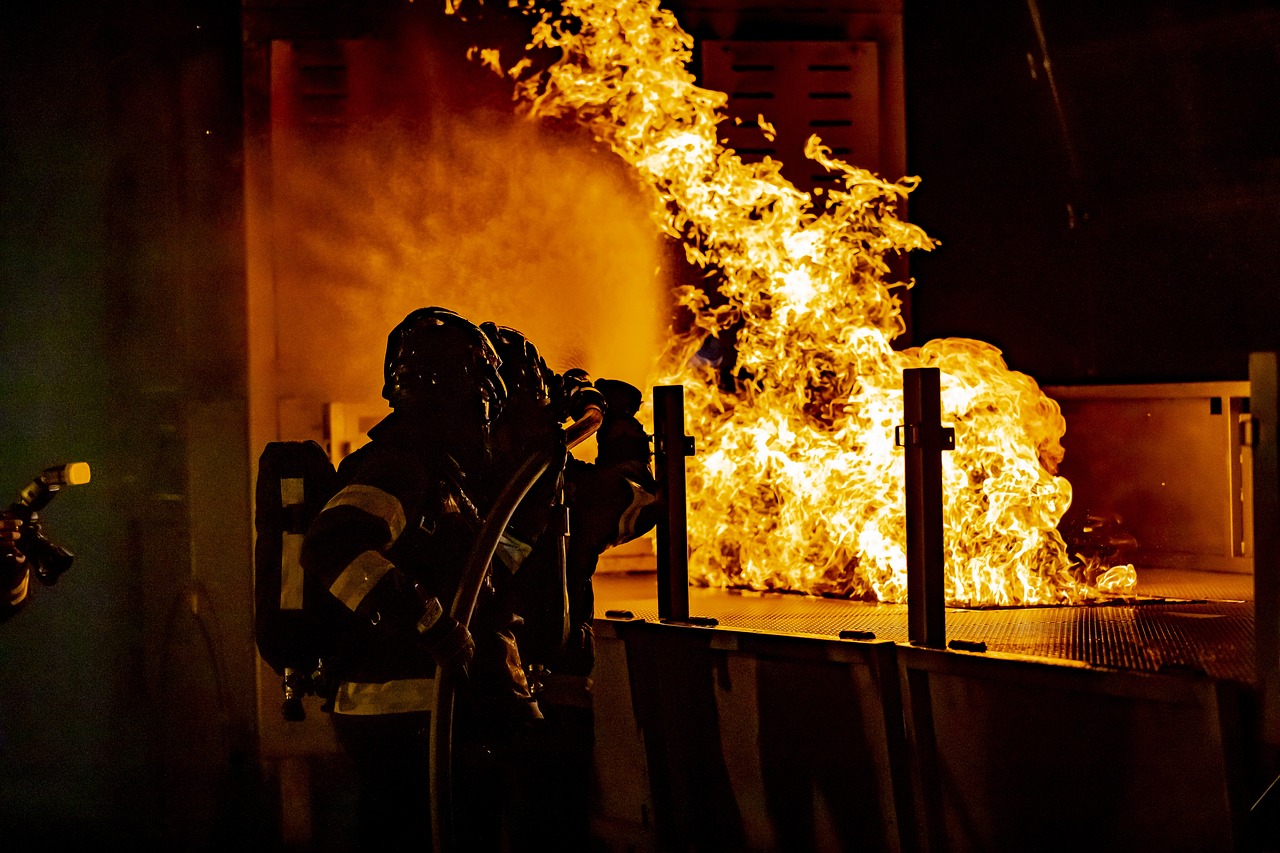
Fire Extinguishers
When it comes to home safety, having accessible is not just a good idea—it's essential. Imagine this: a small fire breaks out in your kitchen while you're cooking. In that moment, every second counts, and having a fire extinguisher within reach could mean the difference between a minor incident and a full-blown disaster. Fire extinguishers are your first line of defense against flames, and knowing how to use them effectively can protect your family and property.
There are several types of fire extinguishers, each designed to combat different types of fires. The most common types include:
- A-Class Extinguishers: These are effective against ordinary combustibles like wood, paper, and cloth.
- B-Class Extinguishers: Designed for flammable liquids such as gasoline, oil, and grease.
- C-Class Extinguishers: These are for electrical fires, making them crucial for homes with numerous electronic devices.
- D-Class Extinguishers: Specifically for combustible metals, often found in industrial settings.
- K-Class Extinguishers: Primarily used in commercial kitchens, these extinguishers tackle fires caused by cooking oils and fats.
To ensure that your fire extinguishers are effective, proper placement is key. Ideally, you should have at least one extinguisher on each level of your home, particularly in high-risk areas like the kitchen and garage. Make sure they are easily accessible and not obstructed by furniture or other objects. Additionally, consider placing one near exits so you can escape if the fire spreads too quickly.
Using a fire extinguisher might seem straightforward, but it’s crucial to follow these steps to ensure you act quickly and safely:
- Pull
- Aim
- Squeeze
- Sweep
- Aim
It's also important to remember that fire extinguishers require regular maintenance to ensure they function properly when needed. Check the pressure gauge regularly, and inspect the extinguisher for any signs of damage or corrosion. Most extinguishers need to be serviced every 5 to 6 years, so keep an eye on the expiration date and replace them as needed.
In summary, having fire extinguishers in your home is a crucial safety measure. They provide peace of mind and a sense of security, knowing you have a way to tackle small fires before they escalate. Just like you wouldn't drive a car without a seatbelt, don’t settle for a home without fire extinguishers. They are a small investment for a potentially life-saving resource.
Q: How many fire extinguishers do I need in my home?
A: It's recommended to have at least one fire extinguisher on each level of your home, especially in high-risk areas like the kitchen and garage.
Q: How often should I check my fire extinguishers?
A: You should check your fire extinguishers monthly for pressure and signs of damage. Additionally, they should be serviced every 5 to 6 years.
Q: Can I use a fire extinguisher on an electrical fire?
A: Yes, but only if it’s a Class C extinguisher, which is specifically designed for electrical fires. Always ensure the power source is turned off if possible.
Q: What should I do if the fire extinguisher doesn’t work?
A: If the extinguisher fails to discharge or is ineffective, evacuate the area immediately and call emergency services. Never put yourself in danger trying to fight a fire.
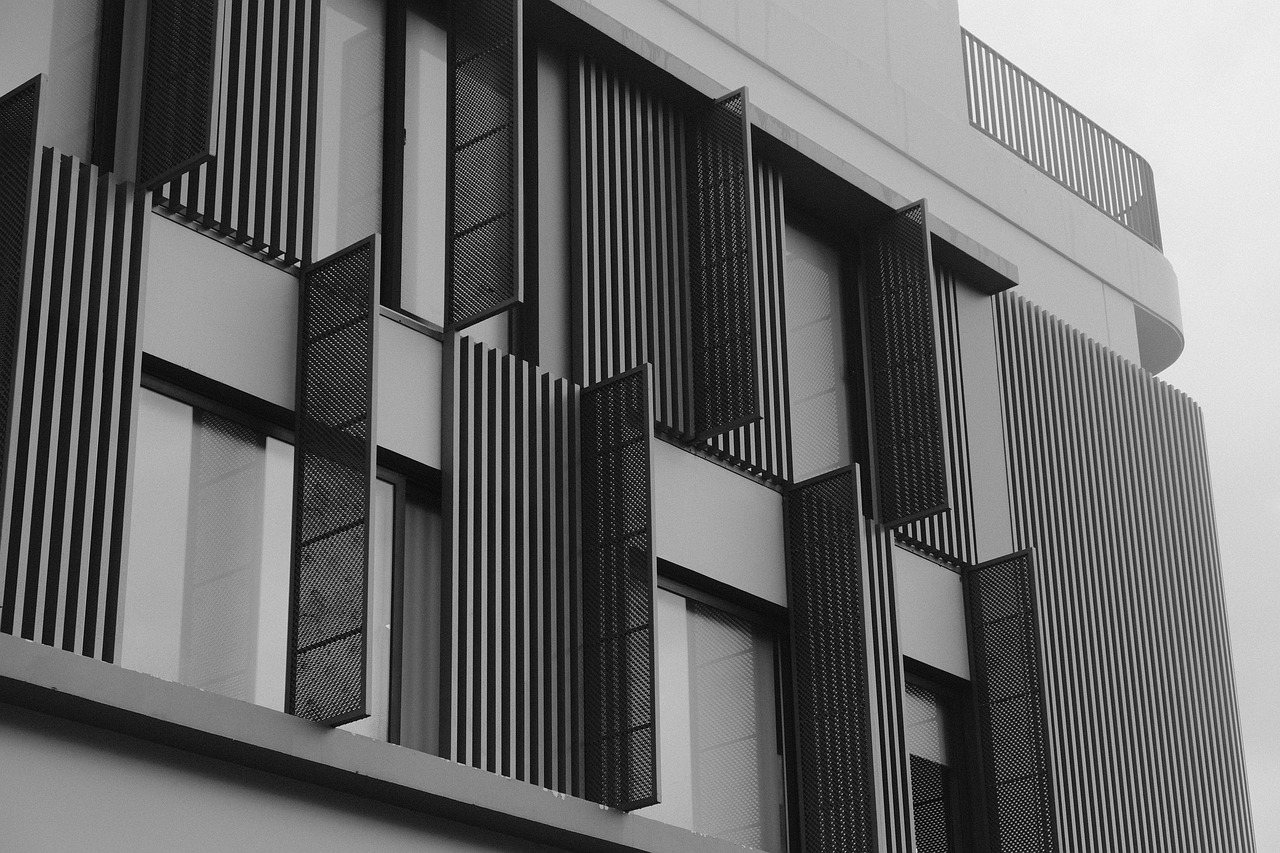
Security Features
When it comes to your home, security is not just an option; it’s a necessity. Imagine coming home after a long day, only to find that your sanctuary has been compromised. The thought alone can send shivers down your spine! That's why considering is paramount when purchasing a home. You want to ensure that your family and belongings are safe from potential threats. In this section, we’ll delve into essential security aspects such as alarm systems, surveillance cameras, and secure entry points that can dramatically enhance your home’s safety.
First off, let’s talk about alarm systems. A robust alarm system serves as the first line of defense against intruders. Think of it as a vigilant guardian that never sleeps. There are two main types of alarm systems: monitored and unmonitored. Monitored systems alert a security company in case of a breach, while unmonitored systems will simply sound an alarm. Choosing the right one depends on your lifestyle and budget. If you travel often or spend long hours away from home, a monitored system might give you that extra peace of mind.
Next, we have surveillance cameras. These little devices can be your eyes and ears when you’re not around. Installing cameras around your property can significantly improve your home security. Not only do they deter potential intruders, but they also provide crucial evidence in case of an incident. When considering surveillance cameras, think about their placement. You want to cover all angles—entry points, driveways, and even backyards. Moreover, many modern cameras come with smart features that allow you to monitor your home remotely via your smartphone. It’s like having a personal security detail at your fingertips!
Another critical aspect to consider is the security of entry points. Your doors and windows are the gateways to your home, and they should be fortified. Make sure that all exterior doors are made of solid wood or metal and equipped with deadbolt locks. Additionally, consider installing security screens on windows. These not only provide ventilation but also act as a barrier against break-ins. If your home has sliding doors, invest in a security bar or a pin lock to prevent them from being easily lifted off their tracks.
In summary, ensuring your home is equipped with the right security features is an investment in your peace of mind. It’s not just about protecting your property; it’s about creating a safe haven for you and your loved ones. So, as you embark on your home-buying journey, remember to keep these security elements at the forefront of your decision-making process. After all, a secure home is a happy home.
- What is the best type of alarm system for my home? The best type depends on your needs; monitored systems offer additional security for those frequently away from home.
- How many surveillance cameras do I need? It depends on the size of your property, but generally, you should cover all entry points and any blind spots.
- Are smart home security systems worth it? Yes, they offer convenience and flexibility, allowing you to monitor your home from anywhere.

Alarm Systems
When it comes to protecting your home and loved ones, a robust alarm system is an essential investment. Think of it as the digital watchdog that never sleeps, always on the lookout for potential threats. With the right alarm system in place, you can enjoy peace of mind knowing that your home is being monitored 24/7. But with so many options available, how do you choose the right one for your needs? Let's break it down.
First off, you'll want to consider the two main types of alarm systems: monitored and unmonitored. A monitored system means that a professional monitoring center is watching over your home. If an alarm is triggered, they will immediately contact you and the authorities. On the other hand, an unmonitored system simply alerts you or sounds an alarm, but there's no professional response unless you take action yourself. It's like having a trusty friend who can call for help when you're in trouble versus relying solely on yourself.
Here’s a quick comparison of the two systems:
| Feature | Monitored Alarm Systems | Unmonitored Alarm Systems |
|---|---|---|
| Professional Monitoring | Yes | No |
| Emergency Response | Immediate | Self-initiated |
| Cost | Higher monthly fees | Lower initial cost |
Next, think about the features that matter most to you. Many modern alarm systems come equipped with a variety of sensors and components, including door and window sensors, motion detectors, and even glass break sensors. These devices work together to create a comprehensive security network, alerting you to any unauthorized entry. Imagine coming home after a long day and feeling secure, knowing that your alarm system has your back.
Another important aspect to consider is the integration with smart home technology. Many alarm systems today can connect with your smartphone or other smart devices, allowing you to monitor your home remotely. You can receive alerts, view camera feeds, and even control your system from anywhere in the world. This level of convenience is like having a personal security team right in your pocket!
Finally, don’t forget about the installation process. Some alarm systems are DIY-friendly, allowing you to set everything up yourself, while others may require professional installation. If you're not particularly tech-savvy, opting for professional help might save you a lot of headaches down the line.
In conclusion, choosing the right alarm system is about understanding your specific needs and preferences. Whether you go for a monitored system with immediate response capabilities or a more budget-friendly unmonitored option, the key is to ensure your home is equipped with a reliable alarm system that provides peace of mind. After all, your home should be a sanctuary, not a target.
- What is the average cost of a home alarm system? The cost can vary widely based on the type of system and features, but expect to spend anywhere from $200 to $1,500 for installation and additional monthly monitoring fees.
- Can I install an alarm system myself? Yes, many systems are designed for easy DIY installation, but if you prefer, professional installation services are also available.
- How do I choose the right alarm system for my home? Consider factors such as your budget, the size of your home, and the level of monitoring you desire. Think about what features are most important to you.
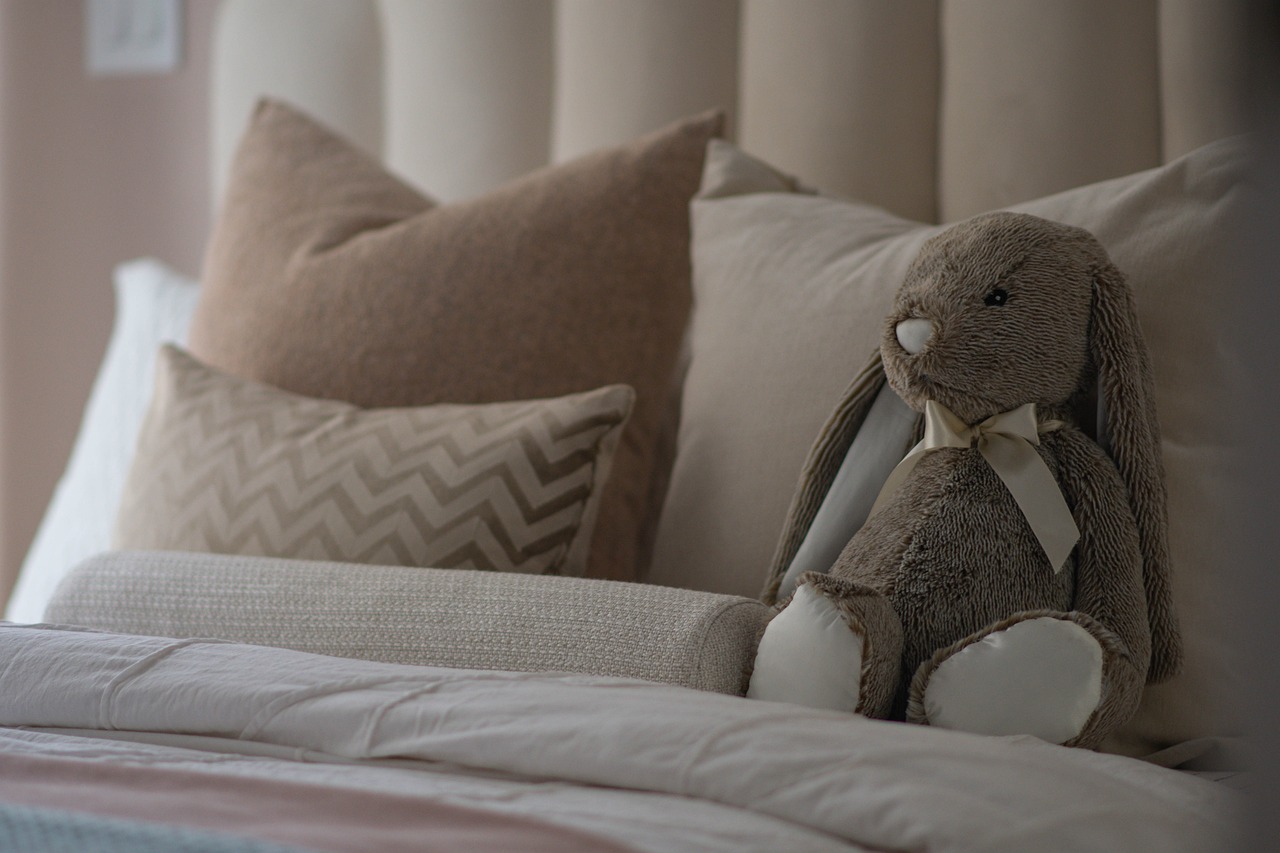
Surveillance Cameras
In today's world, have become an indispensable part of home security. They not only act as a deterrent to potential intruders but also provide you with peace of mind, knowing that you can monitor your property at any time. Imagine being able to check on your home while you're at work or on vacation; it’s like having a digital guardian watching over your space. But with so many options available, how do you choose the right surveillance camera for your needs?
When selecting surveillance cameras, consider the following factors to ensure you make the best choice:
- Type of Camera: There are various types of cameras available, including indoor, outdoor, wired, and wireless. Each type serves a different purpose and comes with its own set of advantages.
- Resolution: Higher resolution cameras provide clearer images, which can be crucial for identifying faces or license plates. Aim for at least 1080p resolution for optimal clarity.
- Field of View: A wider field of view means fewer cameras are needed to cover your property. Look for cameras that offer at least a 90-degree viewing angle.
- Night Vision: Many incidents occur at night, so having cameras with infrared night vision capability can significantly enhance your home security.
- Smart Features: Consider cameras that can integrate with your smart home system, allowing you to receive alerts and view live feeds directly on your smartphone.
Moreover, the placement of your surveillance cameras is equally important. Ideally, they should be positioned to cover all entry points, such as doors and windows, as well as areas like driveways and backyards. A well-placed camera can capture crucial footage that could aid law enforcement in case of a break-in. For example, placing a camera at the front door not only monitors who comes and goes but also can provide evidence if an incident occurs.
Additionally, many modern surveillance systems offer cloud storage options, allowing you to save recorded footage securely online. This means you can access your video history from anywhere, which is particularly useful if your camera is stolen or damaged. Always ensure that your chosen system provides adequate security measures for your stored footage to prevent unauthorized access.
Lastly, don’t forget about the importance of signage. Displaying a sign that indicates your home is under surveillance can be a powerful deterrent to would-be intruders. It's like putting up a "Beware of Dog" sign even if you don't have a dog; sometimes, the mere suggestion of protection is enough to keep trouble at bay.
Q: How many cameras do I need for my home?
A: The number of cameras you need depends on the size of your property and the specific areas you want to monitor. A typical home may benefit from 4-8 cameras to cover all entry points and critical areas.
Q: Can I install surveillance cameras myself?
A: Yes, many modern surveillance cameras are designed for easy DIY installation. However, if you're unsure or want a more professional setup, consider hiring a security expert.
Q: What should I do if I notice suspicious activity on my camera feed?
A: If you see something suspicious, do not confront the individual. Instead, contact your local law enforcement agency and provide them with the footage for their investigation.
Q: Are surveillance cameras effective in preventing crime?
A: Yes, studies have shown that homes with visible surveillance cameras are less likely to be targeted by criminals. The presence of cameras can serve as a strong deterrent.
Frequently Asked Questions
- What are the key structural safety features to look for when buying a home?
When purchasing a home, it's crucial to assess the foundation stability, roof condition, and overall construction quality. These elements ensure that your investment is sound and can withstand various environmental factors.
- How important are smoke detectors in a home?
Smoke detectors are fundamental for fire safety. They provide early warnings in case of smoke or fire, which can be lifesaving. It's essential to have them installed in key areas of your home and to regularly maintain them for optimal performance.
- What types of smoke detectors should I consider?
There are mainly two types of smoke detectors: ionization and photoelectric. Ionization detectors are generally better at sensing fast-burning fires, while photoelectric detectors excel at detecting smoldering fires. A combination of both can offer comprehensive protection.
- How often should I maintain my smoke detectors?
It's recommended to test your smoke detectors at least once a month. Additionally, replace the batteries at least once a year and clean the units to prevent dust buildup, which can hinder their functionality.
- What types of fire extinguishers should I have in my home?
You should consider having at least one type of multi-purpose fire extinguisher (Class A, B, and C) in your home. These can handle various types of fires, from ordinary combustibles to flammable liquids and electrical fires.
- Where should I place fire extinguishers in my home?
Fire extinguishers should be easily accessible in key areas, such as the kitchen, garage, and near any potential fire hazards. Make sure they are mounted at a height that is easy to reach and visible to everyone in the household.
- What security features should I look for in a home?
Essential security features include alarm systems, surveillance cameras, and secure entry points. These elements can significantly enhance the safety of your home and deter potential intruders.
- Are monitored alarm systems worth the investment?
Yes! Monitored alarm systems provide an extra layer of security, as they alert a monitoring center in case of a breach. This means that help can be dispatched quickly, even if you are not home.
- How can surveillance cameras improve home security?
Surveillance cameras act as a visual deterrent to intruders and can provide valuable evidence in case of a crime. They can be integrated with smart home systems for remote monitoring, allowing you to keep an eye on your property from anywhere.



